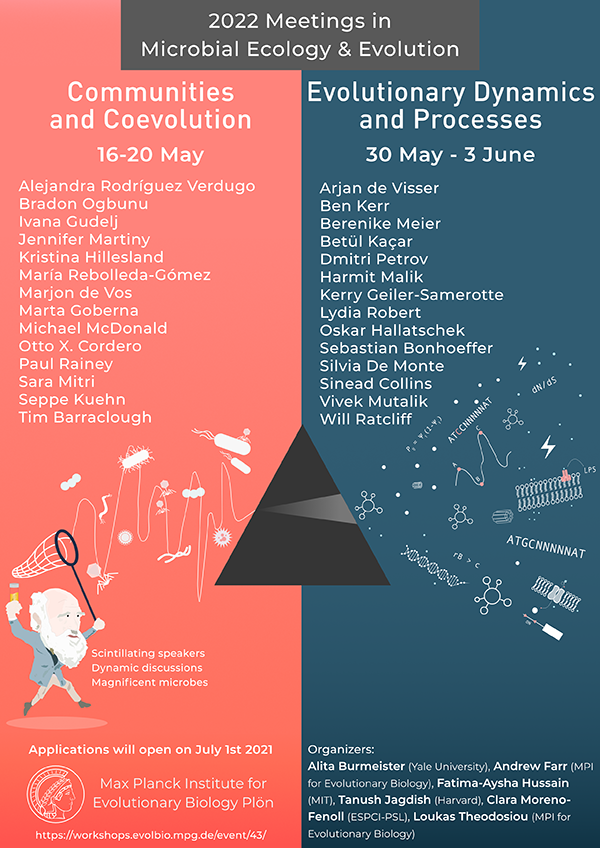Speaker
Description
Discharging deeply-sourced groundwater can contain reduced inorganic sulfur compounds that sustain chemoautotrophic ecosystems, yet questions remain regarding the role of CPR bacteria within these complex subsurface communities. Here, we studied two sites where microbial biofilms grow in cold, sulfide-rich groundwater derived from deep crustal and meteoric sources. Profiling of biofilms and groundwater using fluorescent in situ hybridization imaging and genome-resolved metagenomics established that the communities are dominated by chemolithotrophic sulfur-oxidizing bacteria, some of which also fix N2. Thiothrix and Beggiatoa oxidize sulfide to sulfate, resulting in the formation of nanometer to micron-sized, biofilm-associated elemental sulfur granules that were characterized by Scanning Transmission X-ray Microscopy (STXM). Sulfur granule formation removes toxic hydrogen sulfide from the groundwater and retains sulfur in an insoluble form for sustained energy generation by sulfur-oxidizing bacteria. The communities contain unusually abundant Gracilibacteria (BD1-5) and Absconditabacteria (SR1), as well as Saccharibacteria (TM7), Peregrinibacteria (PER), Microgenomates (OP11), and Parcubacteria (OD1), some of which may be (epi) symbionts of sulfur-oxidizing bacteria. One Berkelbacteria is predicted to participate in sulfur metabolism via a sulfhydrogenase (Group 3b), a capacity also predicted for Moranbacteria (OD1). One Doudnabacteria genome encodes adjacent persulfide dioxygenase and rhodanese genes that may convert thiosulfate to sulfite. We find that these genes are also associated with other Candidate Phyla Radiation (CPR) bacteria from sulfur-rich subsurface ecosystems. Thus, our results uncover potentially common roles for CPR bacteria within microbial community networks underpinned by sulfur-oxidation.

